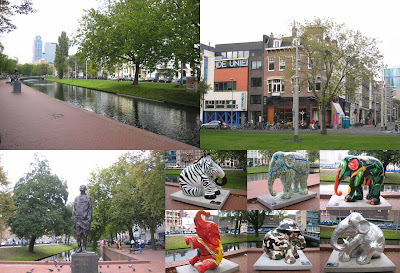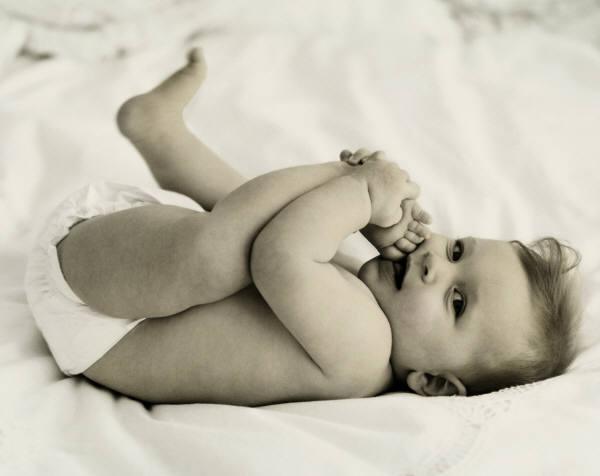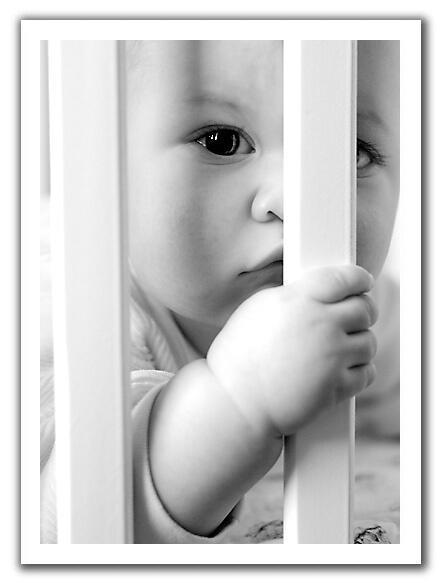Across the road from Blaak is Oudehaven (Old Harbour). Much of Oudehaven was destroyed in bombing raids during World War II. It has largely been rebuilt in daring and avant-garde styles. The first skyscraper in Europe, the White House, was built here in 1898. Historic ships are the perfect adornment to the now popular entertainment area.

Oudehaven and the White House
Heading towards to the Erasmusburg (Erasmus Bridge), one can see the Maritime Museum and the Harbour Museum. Just outside the Harbour Museum is the Walk of Fame. Here, 200 national and international celebrities such as Tina Turner, Gloria Estefan and Julio Iglesias have been immortalized in concrete. Eramusburg, a Rotterdam icon, is a single-span suspension bridge linking the northern and southern parts of Rotterdam which are separated by the Nieuwe Maas river. The 800-metre long bridge has a 139-metre high steel pylon, secured with 40 ropes. The shape of the pylon gave the bridge its nickname, "The Swan". Another bridge spanning the river is the dark red Nieuwe Willemsburg. At the foot of the bridge is the docking harbour of the Spido Harbour Cruise. The basic harbour trip is a 75-minute tour of the city's waterfront from which the entire harbour can be explored from the vantage point of an excursion boat. As I didn't have time, I had to unfortunately give this supposedly unforgettable experience a miss. Likewise, I decided not to venture to another Rotterdam's landmark, the Euromast.
Walk of Fame

The bridges separating the northen and southern part of Rotterdam - Erasmusburg on the left and Nieuwe Willemsburg on the right
My next destination was the museum area. The unusually designed Kunsthal (Art Hall) plays host to cutting-edge temporary exhibitions, sometimes several at the same time. About 25 exhibitions are held here every here, from classical art, modern art and design and photography. Opposite the Kunsthal is the Natural History Museum. Located in a former villa belonging to the Van Hoboken shipping family, a skeleton of a 15-metre sperm whale adorns the entrance hall. The Museumpark, part of the extensive Van Hoboken family estate, is a beautiful green lung and is a pleasure to stroll about. At the end of Museumpark are the Chabot Museum, the Netherlands Architecture Institure (NAI) and the Museum Boijmans van Beuningen. Every year some 20 temporary exhibitions on architecture, urban development and spatial are held at the NAI. The permanent exhibition provides an overview of developments in Dutch architecture from 1850 to the present day. Rotterdam's leading art gallery, Museum Boijmans van Beuningen, houses a large collection of classical and modern art. A short distance away is the Sylvette, a sculpture created jointly by Carl Nesjar and Pablo Picasso. Using the technique developed Nesjar, Picasso had his small sculpture of the woman he admired in the period around 1958, enlarged.
 Clockwise from top left: Kunsthal, Natural History Museum, the Sylvette, the NAI
Clockwise from top left: Kunsthal, Natural History Museum, the Sylvette, the NAI

Museumpark
In 1859, Westersingel was constructed as part of a water project, mainly to improve the water management and thereby hygience in the old city. Most of the buildings in Westersingel are from the 19th century and were designed for the "better classes". A prominent building along Westersingel is Café de Unie. Before the bombing of 1940, it was on Coolsingel. In 1986 the replica was built at the current location. The bar, restaurant and cultural centre, with its primary colours blue, yellow and red, stands out among the 19th century buildings. Along the road across of Café de Unie are a collection of elephant sculptures. From there, it was a short walk back to the Central Station to catch the train back to Amsterdam.








No comments:
Post a Comment